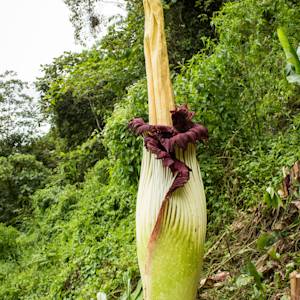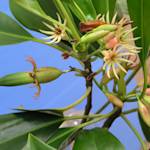Dwarf birch
2024 CE • Northern Hemisphere
"Betula nana, more commonly known as Dwarf Birch, stands out for its ability to thrive in the most unforgiving environments. This deciduous shrub, native to the Northern Hemisphere, adapts remarkably well to both arctic conditions and cool temperate ecosystems. Its capacity to endure seasonal changes underlines its ecological significance and its charm within natural landscapes . . . One of the key aspects of Dwarf Birch is its preference for full sunlight, which is paramount for its growth. It flourishes in wet, yet well-drained sites, showcasing its potential for cultivation in garden areas that pose a challenge due to their conditions. This characteristic also points to its utility in preventing soil erosion, thanks to its robust root system . . . Beyond its visual and stabilization advantages, Dwarf Birch plays a pivotal role in supporting wildlife. It acts as a vital habitat and food source for various species, underscoring its contribution to preserving biodiversity in its native regions. Its presence is indicative of a healthy, balanced ecosystem . . . Dwarf birch species, such as Betula nana, are experiencing heightened susceptibility to the changing climate . . . Rising temperatures invite the expansion of insect pests and diseases, posing a significant threat to Betula nana populations. These pests and diseases can severely damage or even kill large swathes of Betula nana, reducing biodiversity and altering the arctic ecosystem."
"Dwarf Birch," Arctic Wildlife Knowledge.
Image: Henna K. via Flickr, CC BY-NC 2.0 DEED, Attribution-NonCommercial 2.0 Generic


Learn about Maya Lin’s fifth and final memorial: a multi-platform science based artwork that presents an ecological history of our world - past, present, and future.

Discover ecological histories and stories of former abundance, loss, and recovery on the map of memory.

Learn how we can reduce our emissions and protect and restore species and habitats – around the world.

See how art can help us rethink the problems we face, and give us hope that each one of us can make a difference.

Help make a global memorial something personal and close to home. Share your stories of the natural world.


